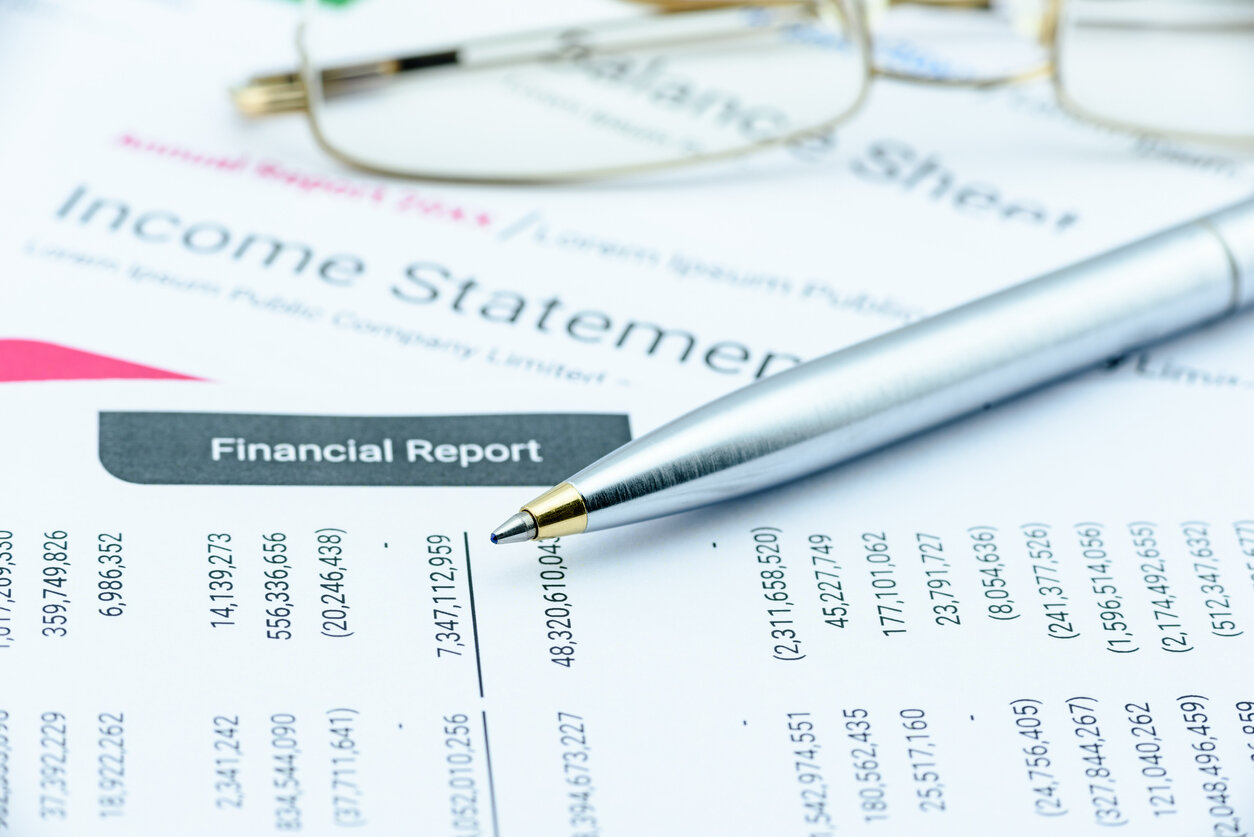Many small business owners get confused about the different types of financial statements out there. Learn how the P&L statement and balance sheet differ, and why you need both for accurate accounting.
Key Takeaways
-
A P&L statement shows your revenue, expenses, and net profit for a specific period
-
A balance sheet shows your assets, liabilities, and shareholders’ equity with more focus on the overall value
-
Both documents are crucial to assess and track your small business’s financial health
Part of ensuring you have a successful, accurate accounting system is knowing which documents you need to keep tabs on. Financial records must be tracked, created, stored, and referenced correctly for a business to function successfully.
One of your business’s most important documents is the profit and loss (P&L) statement. Everything that’s on this statement must be accurate so the standing of your business is reflected properly for the specific period you’re looking at. This information is important for third parties, like creditors or investors, to assess your profitability.
Many business owners get their P&L statement confused with their balance sheet, which has a few key differences. The balance sheet reflects additional information about your assets and debts that shows these third parties the value of your business overall.
Both financial documents are important for your small business. Here’s what you need to know about the P&L statement and balance sheet and how they differ.
What is a P&L statement?
The P&L statement is a summary of all your revenue, costs, and expenses during a specific period. This document also may be referred to as your “statement of operations” or your “income statement,” since it shows you what your income is after subtracting costs and expenses. These are usually generated every quarter or year, but you can also look at month-to-month comparisons.
Your P&L statement will show the business’s bottom line: a common term for your current financial standing. The top line is your revenue, and the bottom line is your net income: What’s left as profit after you subtract everything you had to pay out of your top-line income.
Transactions are recorded on this statement when they take place, meaning you will track an expense when it’s incurred, not when the money is flowing out.
What is a balance sheet?
Now, your balance sheet also provides financial information about your business in a summary or report, but the balance sheet includes a bit more detail about investments and liabilities. This is where you’ll list everything your business owns and all debts:
-
Assets: Cash, inventory, securities, accounts receivable
-
Liabilities: Overhead, debt, accounts payable
-
Shareholders’ equity: Total assets minus liabilities (your net value)
You can get a sense of all your assets and resources, in addition to what you owe, on this statement, reflecting your business’s financial health overall. The balance sheet is often used to show your creditors or potential investors how you run your business and whether it’s being managed properly.
The term “balance sheet” is used because everything included on the document should balance out and equal. Your assets should equal your liabilities plus shareholder equity.
Key differences between a balance sheet and a P&L statement
These two financial statements can seem very similar since they both include business revenue, expenses, and the business’s profits are reflected. The main difference between them is that the P&L statement shows a business’s actuals for a certain period of time, like a quarter, and the balance sheet reflects everything a business owes and owns at a set point in time.
The balance sheet is meant to reflect the big picture that includes long-term investments. The P&L statement is a quick summary that discloses whether or not the business is profitable. It reflects net income for the period in a simple way, whereas the balance sheet tends to reflect the overall value of a business.
While these two financial statements do have their differences, both show the health of a business and can be used for purposes like creditor and investor interest. It’s important to understand which is best for certain purposes, so you present the most accurate accounting information about your business at the right time.
How to create financial statements
Sometimes you may not have the knowledge or bandwidth to take the time to create these financial documents yourself. There are options for financial and business software you can use that does a lot of the work for you, or you could use a simple spreadsheet. But, remember that accuracy is a must in these records, so you must pay close attention to detail and review them carefully to ensure everything is correct and up to date.
Another avenue to consider is working with a financial professional who can help review your records and put the right practices in place to ensure efficiency. The team at Franco Blueprint is ready to help you with a variety of processes, like setting up your business, managing and preparing your taxes, and automating processes like accounting.
We help you reduce your financial risk and create all the necessary documents, so you can focus on other parts of your business, like client support and long-term growth.
Get in touch with the team at Franco Blueprint to set up a free consultation.


